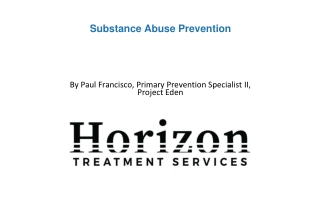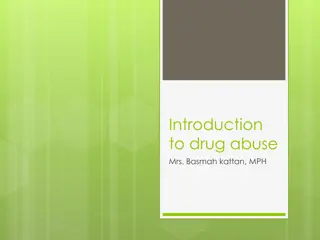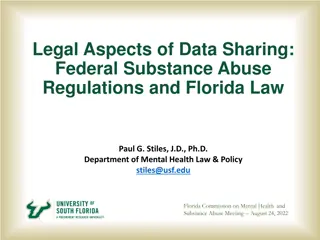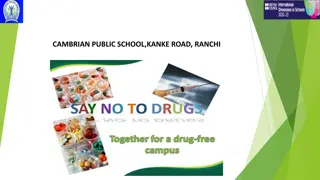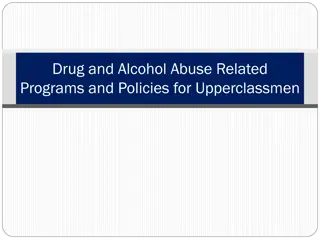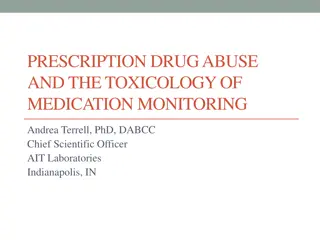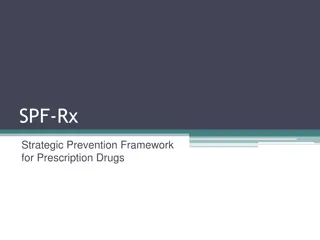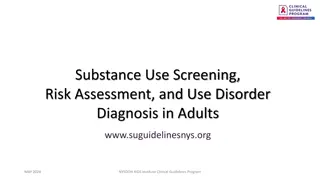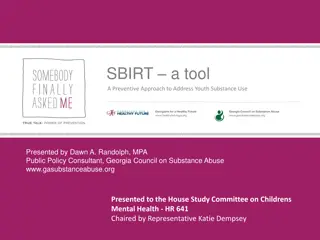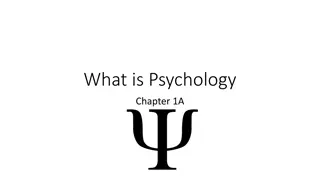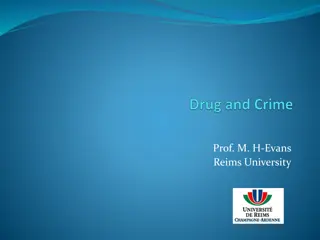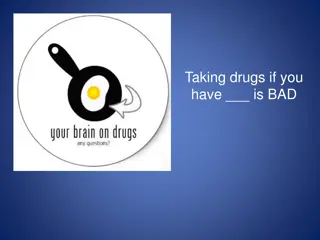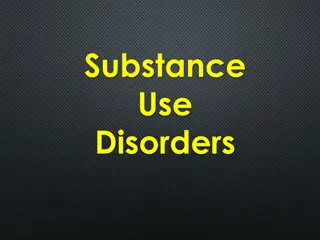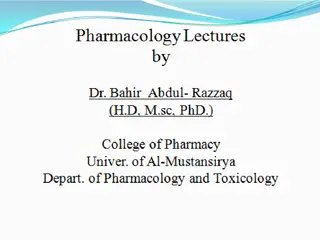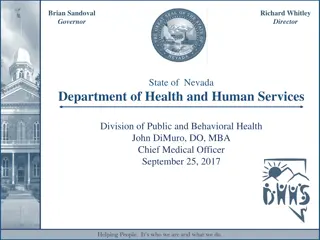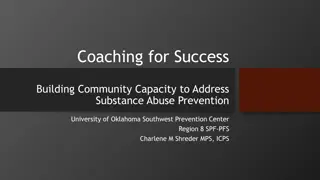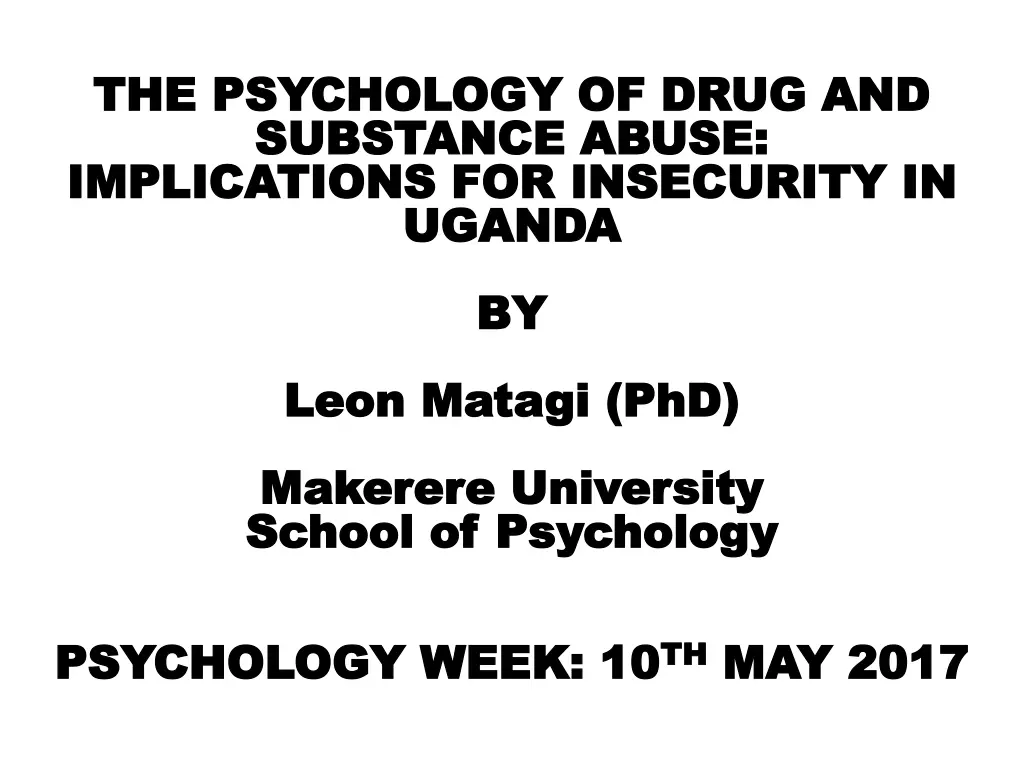
Understanding Drug and Substance Abuse Implications for Insecurity in Uganda
Explore the psychology of drug and substance abuse in Uganda, focusing on factors leading students to abuse drugs, the prevalence of drug abuse in secondary schools, and recommendations for addressing this pressing issue to enhance security and well-being.
Download Presentation

Please find below an Image/Link to download the presentation.
The content on the website is provided AS IS for your information and personal use only. It may not be sold, licensed, or shared on other websites without obtaining consent from the author. If you encounter any issues during the download, it is possible that the publisher has removed the file from their server.
You are allowed to download the files provided on this website for personal or commercial use, subject to the condition that they are used lawfully. All files are the property of their respective owners.
The content on the website is provided AS IS for your information and personal use only. It may not be sold, licensed, or shared on other websites without obtaining consent from the author.
E N D
Presentation Transcript
THE PSYCHOLOGY OF DRUG AND THE PSYCHOLOGY OF DRUG AND SUBSTANCE ABUSE: SUBSTANCE ABUSE: IMPLICATIONS FOR INSECURITY IN IMPLICATIONS FOR INSECURITY IN UGANDA UGANDA BY BY Leon Matagi (PhD) Leon Matagi (PhD) Makerere University Makerere University School of Psychology School of Psychology PSYCHOLOGY WEEK: 10 PSYCHOLOGY WEEK: 10TH THMAY 2017 MAY 2017
Content Problem statement. Mini survey. Pilot sensitization. Second sensitization. Evaluation. Security implications. Lessons. Impact. Recommendation.
Statement of the Problem Drug and Substance Abuse (DASA) is high. World Drug Report (2014): 243 million people world wide had used illicit substances. United Nations Report (2013): 37 million people annually were dying in Africa from DASA. Uganda Police Annual Report (2014): Indicated an increase in drug trafficking and substance abuse in Uganda. Substance abuse among secondary school students in Uganda has alarmingly increased (NDA, 2013, 2015). Ugandan students from some schools are increasingly getting involved into violent acts, such as fighting, stealing and burning schools (Muhereza, 2016).
Mini-survey: Major purpose The major purpose of the mini-survey was: To establish factors leading students into the habit of drug and substance abuse. To propose possible solutions for the identified problems of drug and substance abuse among students.
Mini-survey: Major findings These indicated that: Drug abuse was real and existed in Ugandan Secondary Schools. 21% of the students had ever used or tried some drugs By sex/gender: 28% for boys, and 17% for girls. The number of students taking drugs increased with age and class of study.
Mini-survey: Findings (cont..) The percentage of students taking drugs was: - Higher in boarding than in day schools, and - Higher in private than government schools. The rate at which students accessed some drugs and substances was very high, and Peer pressure was the most important facilitating factor to drug abuse among students.
Mini-survey: Recommendations These were: Use the findings to do a pilot sensitization against drug and substance abuse in selected schools across all NDA regions in Uganda ( this was done). To carry out a national baseline study to come up with findings that can be used in policy formulation in regard to drug and substance abuse among secondary school students ( this was not done).
Pilot Sensitization Observations: Some students had lived or were living with drug and substance abusers. Some students were already taking some substances and drugs. Some students or their friends were stuck with the problem of drug and substance abuse.
Second Sensitization On average, data from the second sensitization indicated that: - Over 30% of the students were taking alcohol, - Over 10% were smoking cigarettes, - Over 6% used smokeless tobacco like kuber, - And over 5 % were using marijuana.
Evaluation A good number of students were aware of the existence of drugs and substances. As compared to non-sensitized students, more of the sensitized students: - Had more knowledge about drugs and .substances. - Had strong attitudes against drug and .substance abuse, and - Had the lowest or no support for drug and substance abuse.
Security Implications Strikes and burning of schools. Drop outs -> street boys -> urban abductions, etc. Hardened DASA criminals (Ki-face). Un explained disobedience (e.g. Kyengera and Kibuye taxi confusion). Involvement in illegal and banned demonstrations (e.g. walk to work, defiance campaign, etc). Personal injury (Accidents, death-> Hon Nebanda). Risky service delivery (e.g. Doctors, drivers, armed forces, shootings in barracks, etc). Public judgement: Cause of City Killings (AIGP Kawesi, Major Kigunddu, PSA Kagezi, etc).
Lessons/Impact/Recommendation Many secondary schools struggle with students who abuse drugs and substances. Sensitization exercises had a very big positive impact on reducing the use of drugs and substances. Fighting drug and substance abuse should begin at primary and village levels. Sensitization exercises should continue since there is a clear correlation between DASA and insecurity. Mental Health Experts: The Psychologists (clinical, counseling) should design appropriate interventions.

